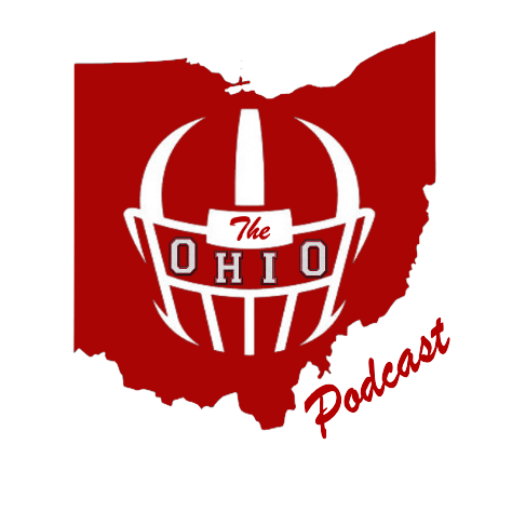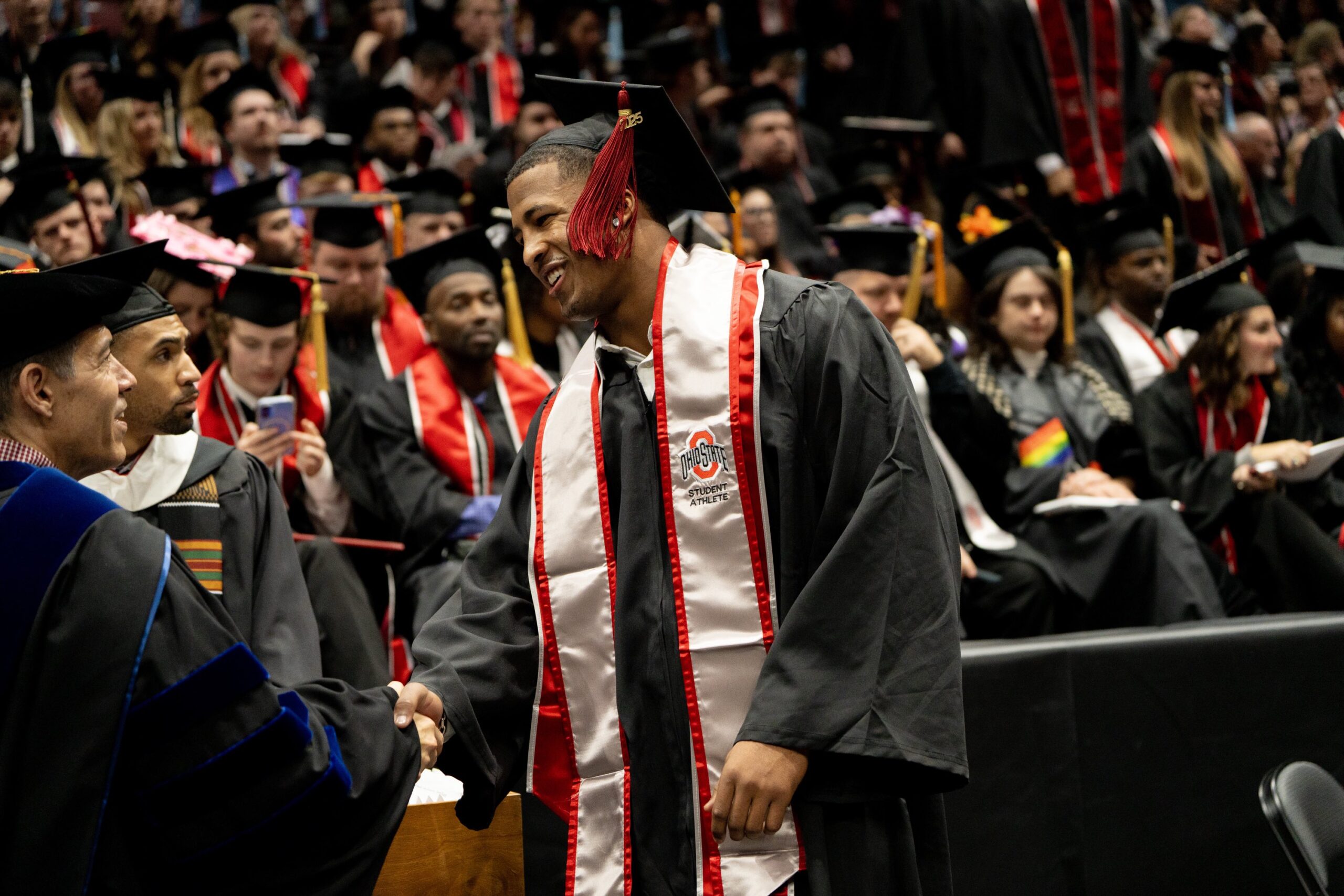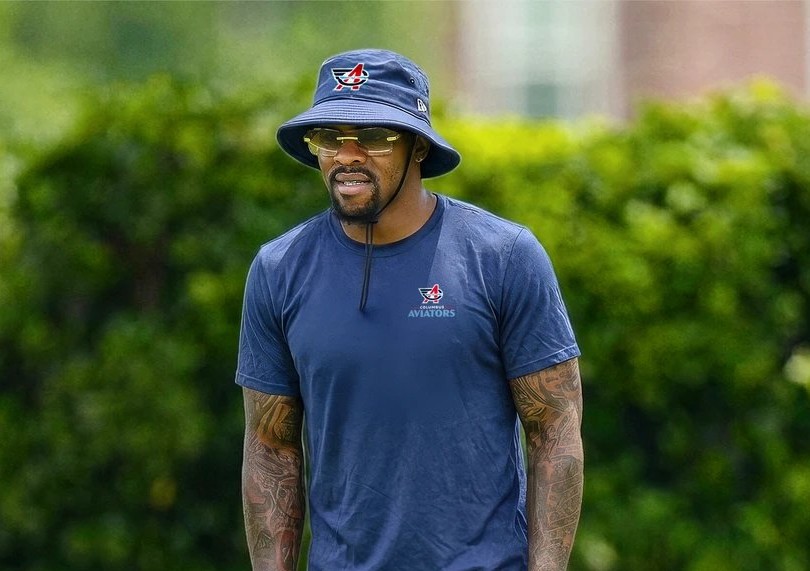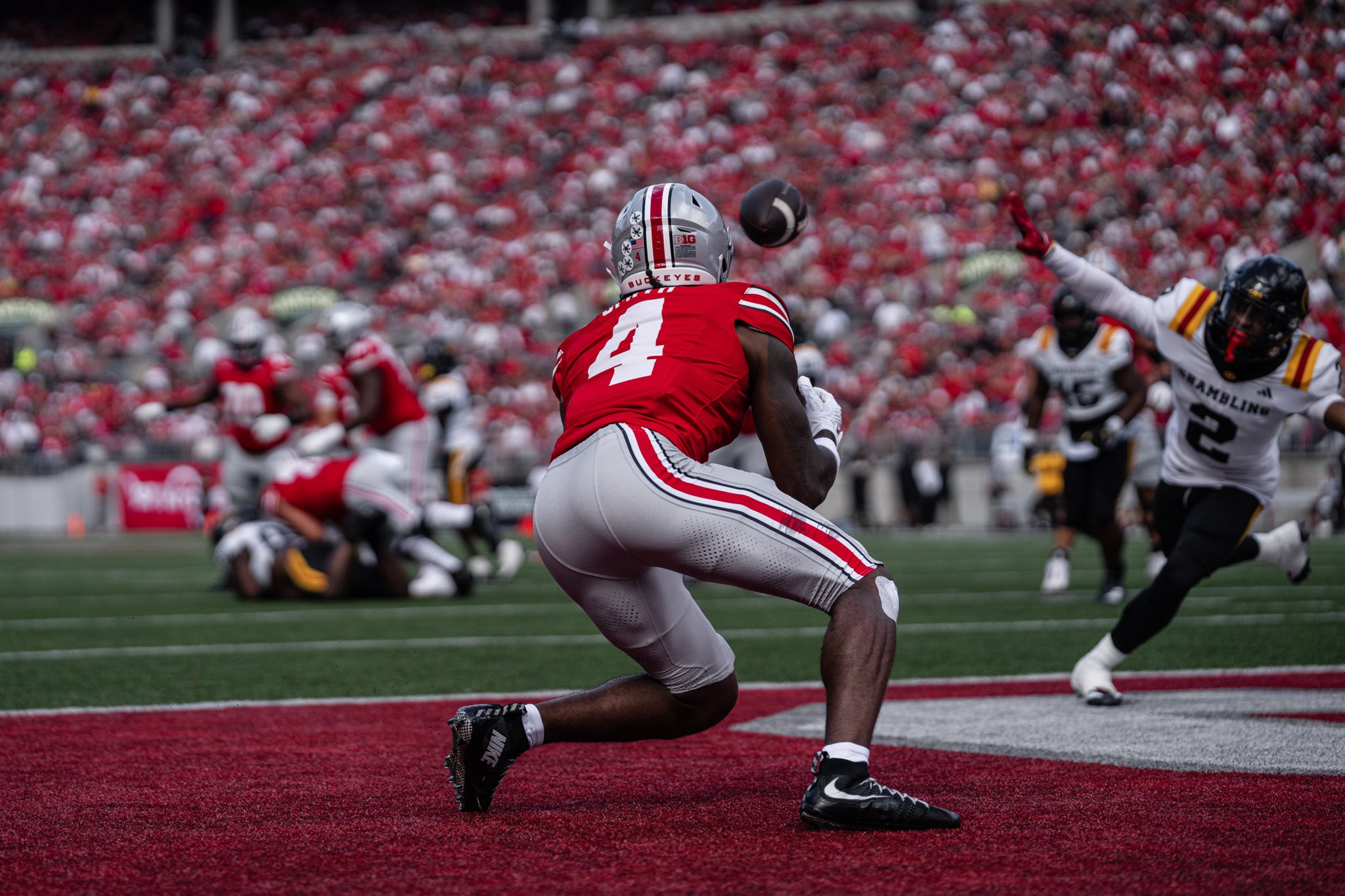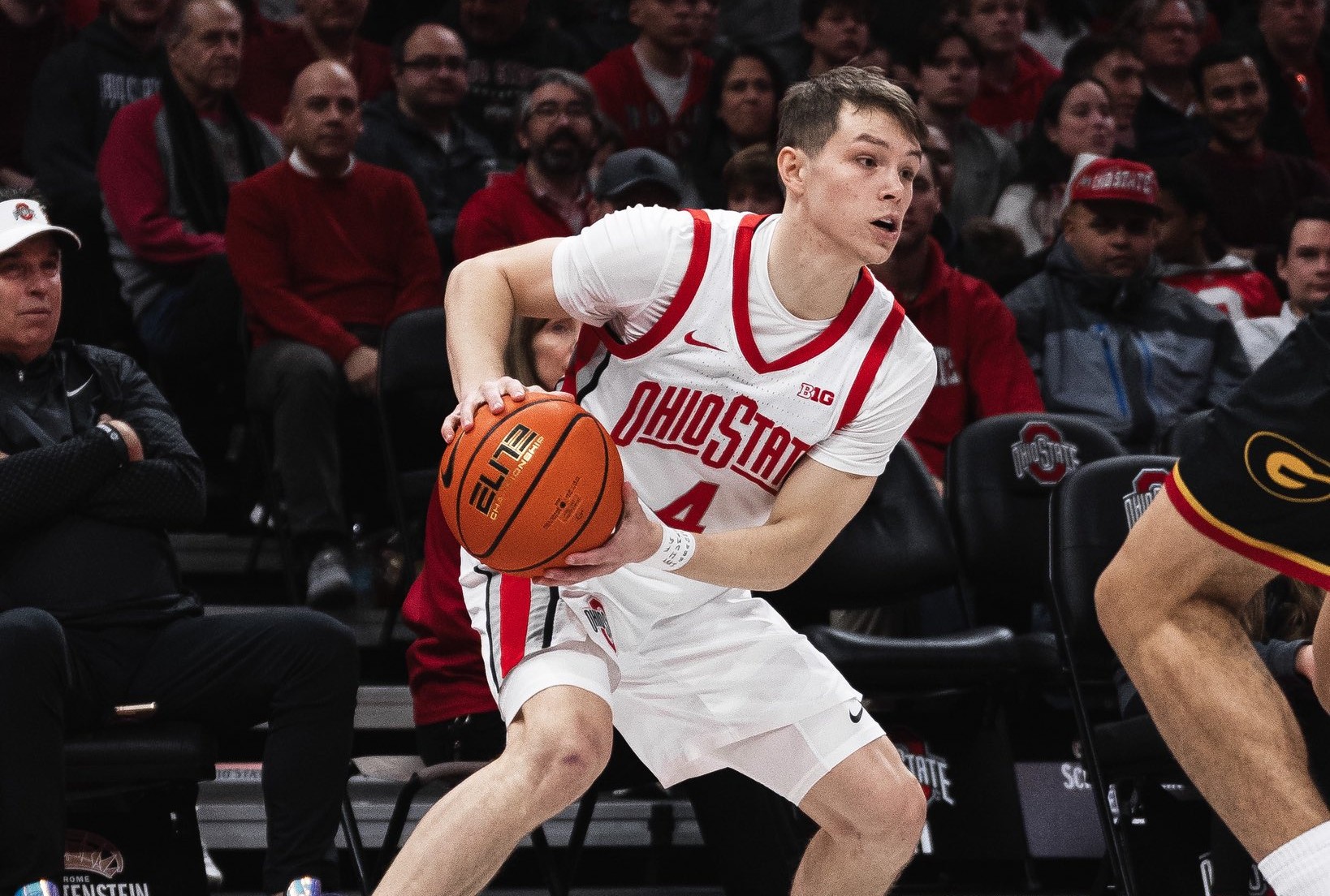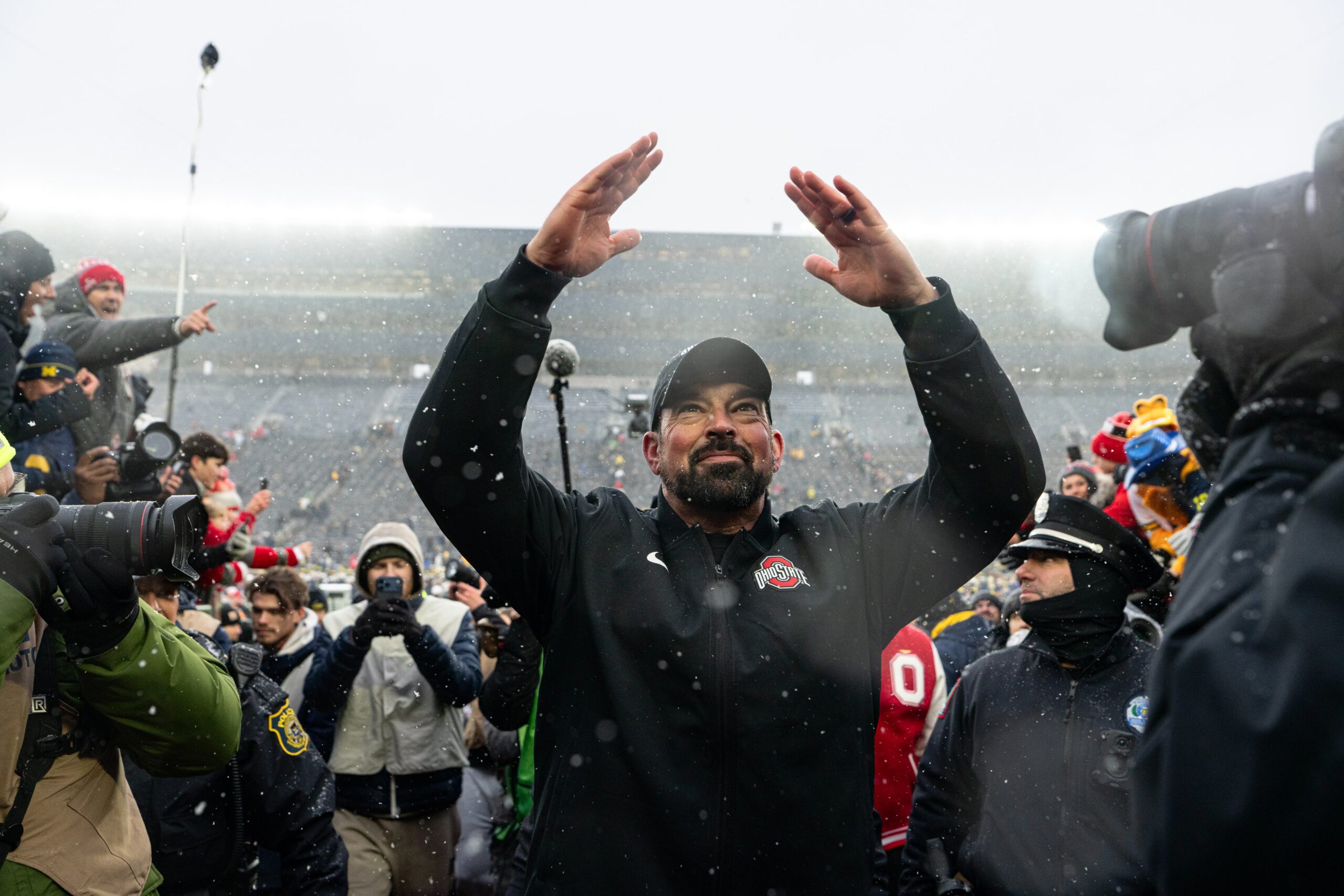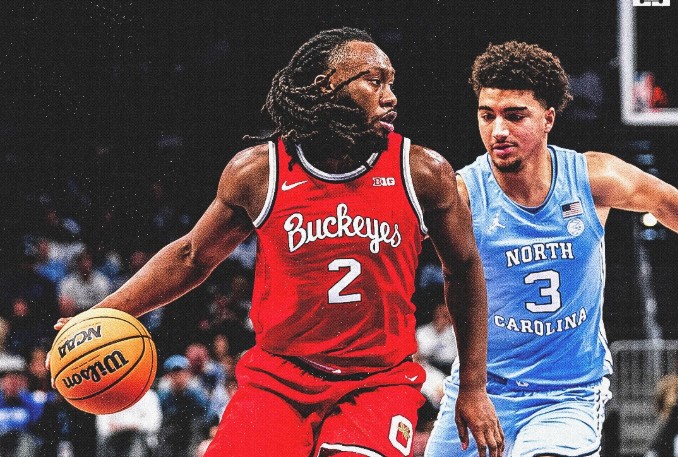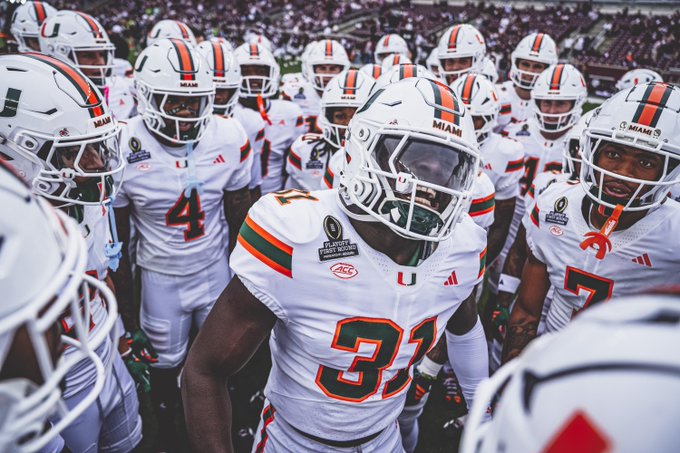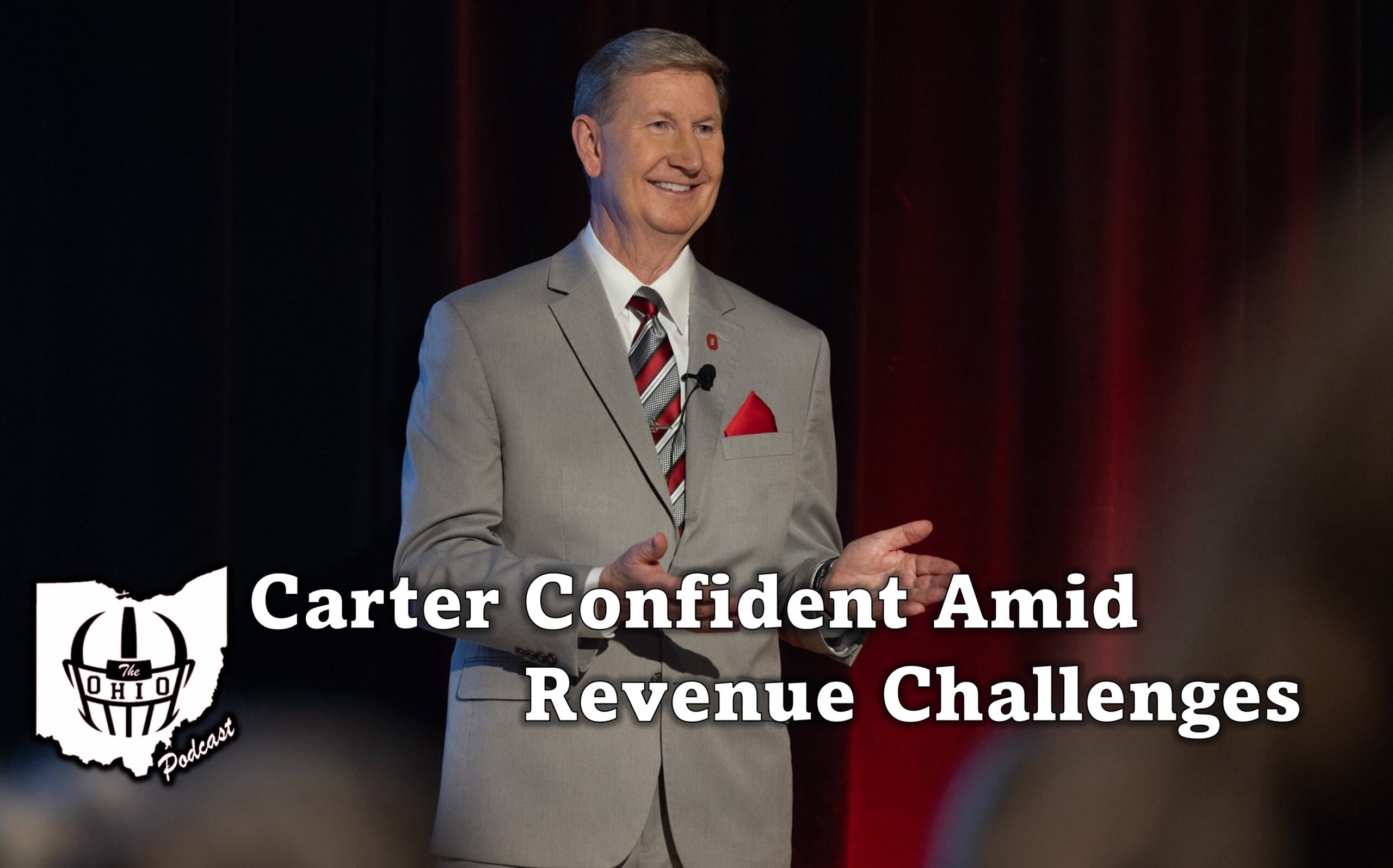
Despite Ohio State athletics reporting a $10 million deficit for the 2024 fiscal year and anticipating increased expenses in 2025, Ted Carter, the new Ohio State president, is confident the athletic department will stay profitable without cutting any sports.
Carter, who became Ohio State’s president in January, says the deficit shouldn’t be a concern. He explained that the shortfall was mainly due to hosting only six home football games in 2023. With eight home games scheduled for 2024, he expects revenue to rebound.
However, Ohio State is preparing for a new expense category in 2025: revenue sharing with athletes. This is projected to start at $22 million and increase annually. While many college athletic departments may need university subsidies to cover these costs, Carter believes Ohio State will generate enough revenue independently.
“We’ve just got to make sure that we maintain, even with this revenue share model, that we can be self-sufficient. This program has been self-sufficient, and we anticipate it will remain so. Only a few programs across college football will likely manage this… We made a big, bold statement that we’re going to maintain 36 Division I sports. It’s important to do everything you can to hold on to them. You don’t want to lose that. It’s too important to the student-athlete.”
Pres. Ted Carter via Eleven Warriors
Some worry that revenue sharing might force athletic departments to cut sports. Carter, however, is committed to keeping Ohio State’s 36 varsity sports teams. The ability to financially maintain 36 varsity sports without dipping on the football field is something most Buckeye fans are worried about. And rightfully so. Most SEC Conference schools don’t come anywhere close to having to fund that many sports. For instance, Alabama has 21 varsity sports
Carter acknowledged that not all sports would receive the same level of funding. Priority will be given to revenue-generating sports like football and men’s basketball, with women’s basketball also seen as a potential revenue source. He supports the revenue-sharing model, believing it can bring more structure to the current environment of players being paid for their names, images, and likenesses (NIL). He emphasizes the need for enforceable rules to avoid a chaotic situation.
“There’s going to be change, and we’re going to have to be reactive. We’re going to have to be strategic to maintain our 36 Division I programs and still compete and win in football… It sets up a situation where we can actually put some more rules and guardrails around NIL. Reduce the third-party collectives, bring it inside, control it. But then more importantly, senior administration must monitor it and establish rules. Otherwise, we’ll still be in the wild, wild west. Does revenue share mean that college athletes are now professionals? Does it mean they’re employees of the university? We need to ensure that student-athletes are here to get a degree. Division I athletes graduate at a higher rate, and we should make sure we don’t lose that concept. ”
Pres. Ted Carter via Eleven Warriors
In his first six months as Ohio State’s president, Carter has overseen significant changes, including hiring Ross Bjork as the new athletic director. Carter appreciates Bjork’s adaptability, considering the constant changes in college athletics, including NIL, the transfer portal, and revenue sharing. Carter’s desire to keep the educational side of college athletics central to decisions but making sure Ohio State remains competitive in this new era of college sports was a prominent reason why Bjork was chosen to be long time Athletic Director Gene Smith’s replacement.
“Ross has a view of the changing landscape of college athletics, and we need that kind of leadership. As we’re having this conversation, something has probably just changed again in college athletics. And Ross is the leader to guide us through these next multiple chapters.”
Pres. Ted Carter via Eleven Warriors
Carter is enthusiastic about the upcoming football season and confident in head coach Ryan Day’s leadership. He believes in the team’s potential and its role in defining Ohio State’s brand and culture.
“I’m really impressed with Ryan Day,” Carter said. “The leadership within football, the coaching hires, and the recruiting have all been impressive… I think the thing they should probably know about me is just how happy I am to be here. I don’t know how it actually happened that I got to be in this job. This was not my plan. This was not in my wildest imagination. … I get to work with such great faculty and staff and our students, everything that is here at Ohio State. Even during some of the most challenging times that we’re seeing in our nation, this is an amazing place. And Ohioans and all sports fans, not just Buckeye fans, should be proud of what we’re doing here at The Ohio State University.”
Pres. Ted Carter via Eleven Warriors
